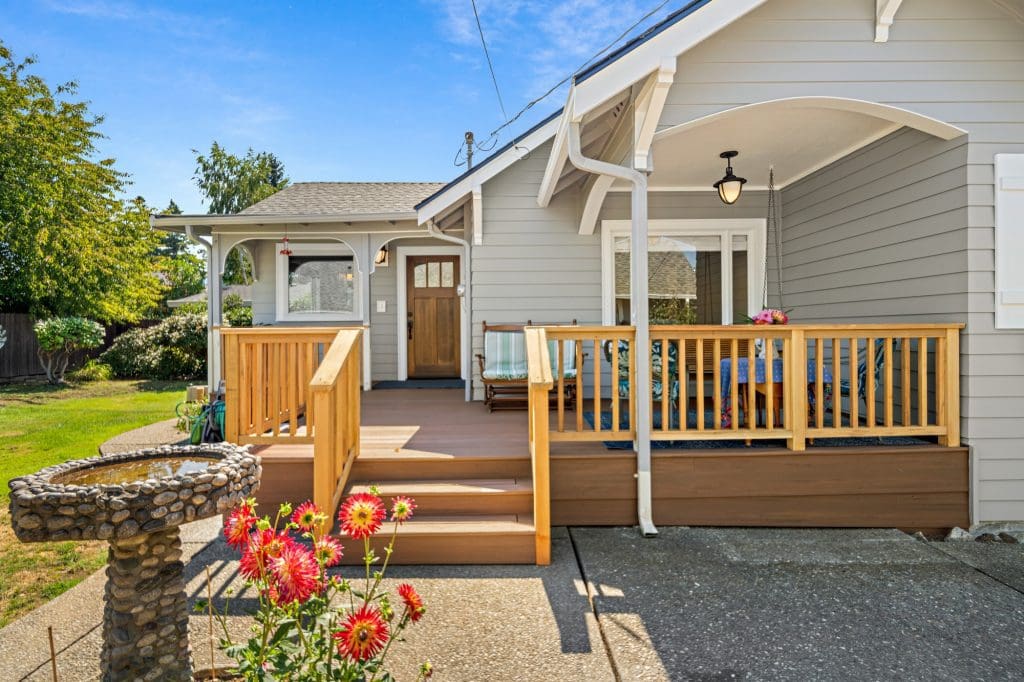
Healthy Homes: Improve Your Living With These 4 Quality Designs
Healthy home designs prioritize your physical and mental well-being while enhancing the quality of your residence.
At Pathway, we believe homes shouldn’t just be beautiful and functional. They should also be comfortable, enjoyable places to live. We specialize in four different healthy home designs:
- Green building
- Aging-in-place
- Biophilic design
- Universal design
Each of these designs comes with unique features tailored to your needs, creating a more livable space for you and your family. They can also save you money and add value to your home.
Here’s how:
Green Building Design
The homes we build have a profound impact on both the environment and the people living in them. Green building is a comprehensive approach that acknowledges these effects, enhances the positive impact well-designed homes can have throughout their lifecycle, and mitigates the negative ones.
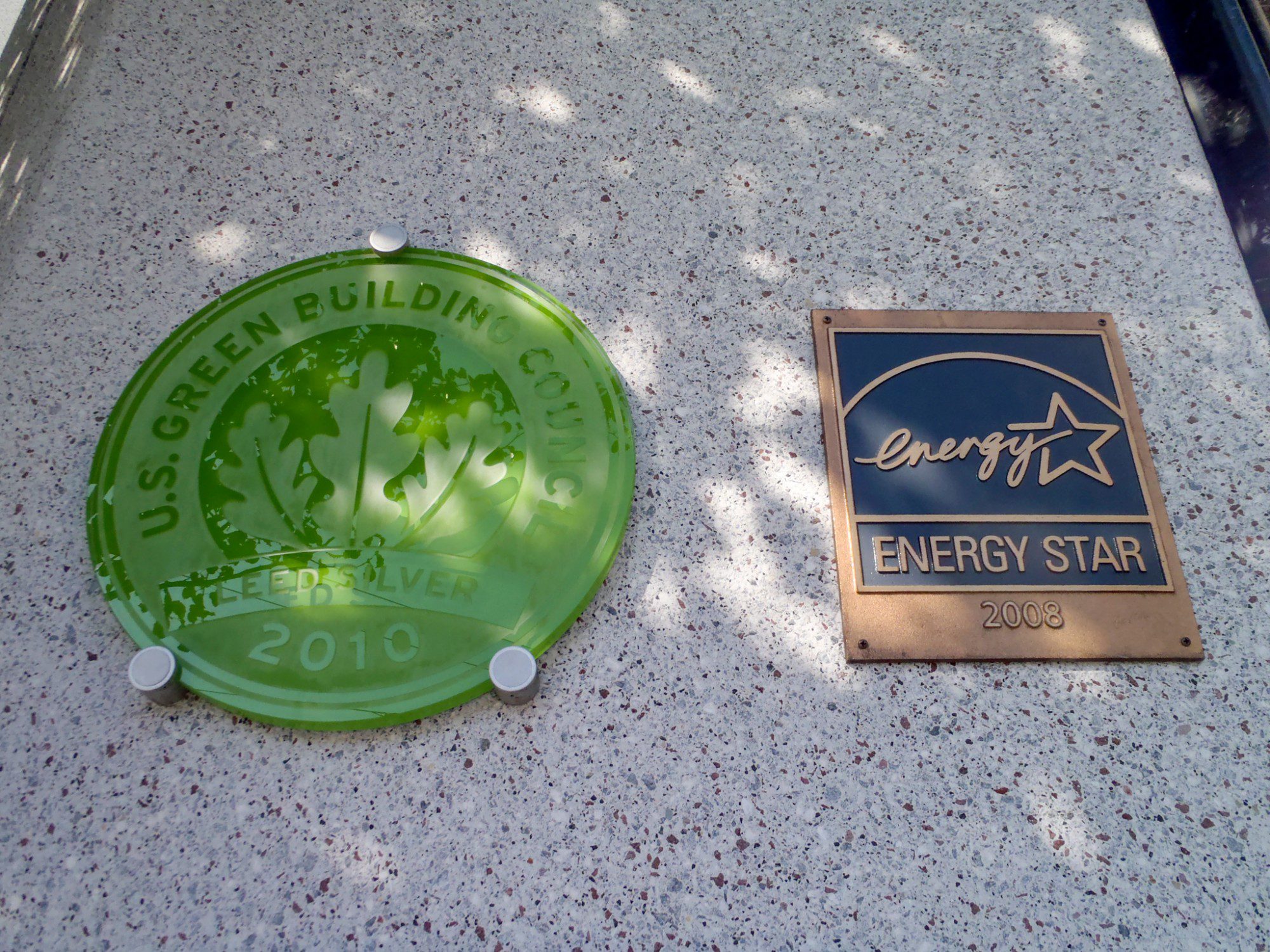
Green homes design includes the planning, designing, and construction of a home with a focus on the following:
- Energy-efficiency: 97% of green builders use energy-efficient practices on more than 3/4s of their projects.
- Water conservation: On average, green buildings use 40%-50% less water.
- Indoor air quality: Indoor air can be 2-5 times more toxic than outside air.
- Environmental impact: LEED-certified green buildings reduce CO2 emissions by 34%.
- Material selection: Green building designers buy more sustainable, recyclable products that require less energy and water. These products go to good use instead of going to waste.
However, green building design benefits more than just the environment.
Energy-Efficient Upgrades Save You Money
According to Energy.gov, 10% - 20% of what the average American spends on energy bills could be wasted because of outdated heating and cooling systems, air leaks, and drafts. Heating and cooling systems account for 43% of your home utility bill. By upgrading these systems to be more energy-efficient, you can reduce your energy use by 20% - 50%.
Green Buildings Are More Valuable
Almost everyone wants to go green! In a survey of home-buyers conducted by the National Association of Home Builders (NAHB), respondents said that the following were either “essential” or “desired” home features:
- Energy Star windows: 89%
- Energy Star appliances: 86%
- Energy Star rating for the entire home: 81%
Green building design is especially popular in Seattle and the Greater Seattle Area, where 96% of home buyers say they would pay more for a home with green features.
Aging in Place
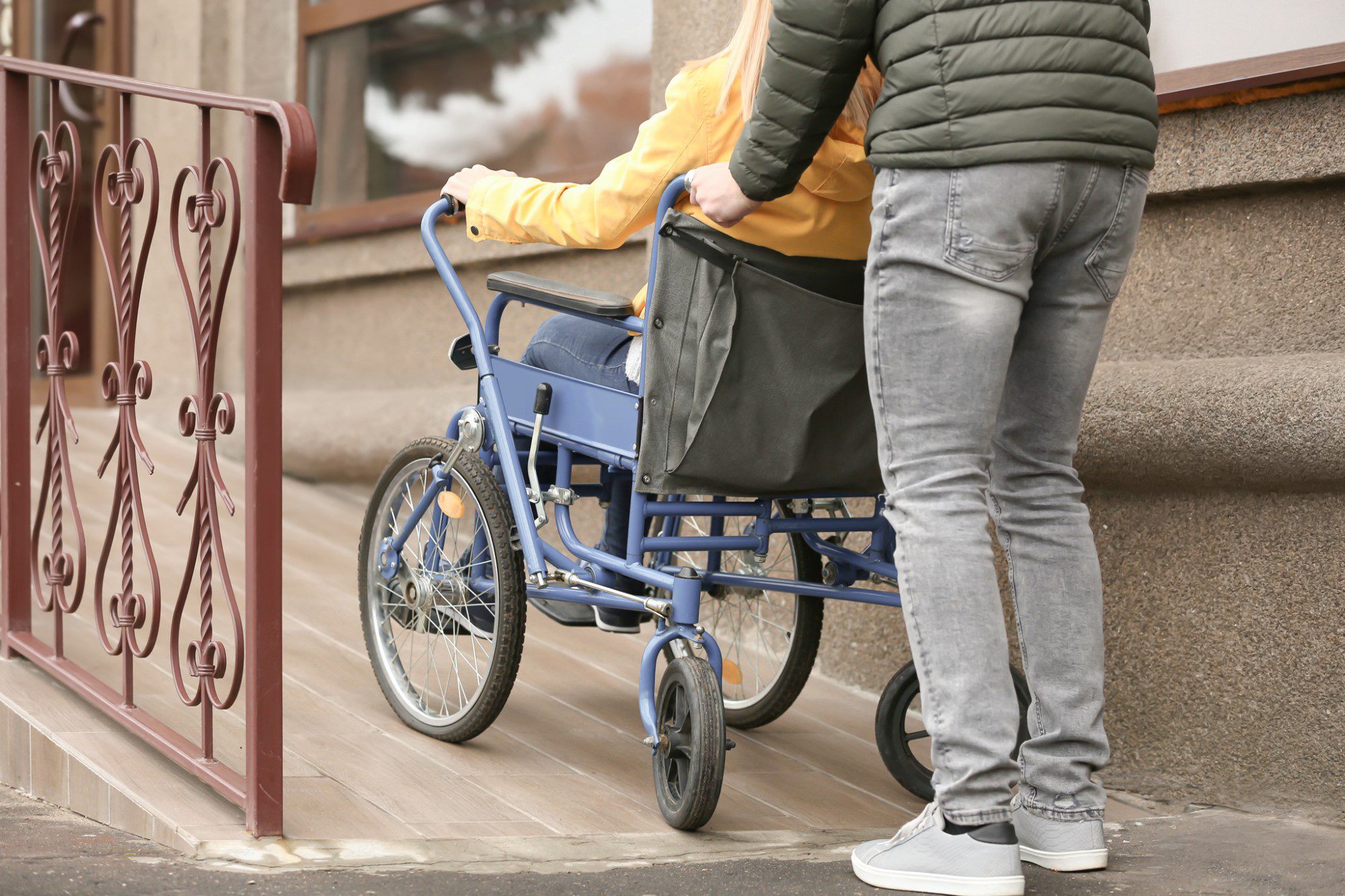
90% of American seniors prefer to continue living in their homes after retirement. Your home is where you’ve lived your life, raised your family, and enjoyed countless memories. As you age, the thought of leaving that life behind to go to a nursing home or an assisted living facility can be daunting and scary. Unfortunately, it’s also a reality that many people will eventually face.
Certified aging in place specialists design homes with everyone in mind, whether you’re two or 102. Aging in place home designs include:
- Bathroom modifications: Slip-resistant flooring, handlebars for getting in and out of a shower, bathtub, or help off the toilet.
- Kitchen modifications: Kitchen redesign to make countertops, cabinets, and appliances more easily accessible.
- Flooring modifications: Upgraded flooring makes it easier for seniors to move around while reducing the chances of slipping and falling.
- Widened doorways and hallways: Wider narrow spaces to increase walker and wheelchair mobility.
- Ramps: Exterior wheelchair ramps make homes more accessible, while indoor threshold ramps provide smoother transitions from one surface to another.
Aging in Place Can Save You Money
Renovating your home for aging in place comes with numerous financial benefits, including tax breaks, reduced utility bills, and reduced insurance costs. It’s also more cost-effective to continue living in your home rather than transitioning into an assisted living facility or a nursing home. On average, assisted living facilities in Seattle cost $6,750/mo, while nursing homes can cost more than $10,000/mo.
Aging in Place Homes Have Great Value
There’s already a considerable need for aging in place homes, and demand will only increase as more of us are living longer. According to the 2020 Census, about 56.1 million Americans are over 65. Only about 11.5 million, or 10% of American homes, are ready to accommodate seniors today. If 90%, or roughly 50.49 million seniors, want to live in these homes, we need to start modifying more of them.
As with green building design, not only will aging in place homes save you money—they’re also more valuable due to supply and demand.
Biophilic Design
We spend 90% of our lives indoors, and now that 62% of US workers between 22-65 are working from home at least occasionally, we’re spending a lot more of our indoor time in our homes.
Biophilic design helps you connect and bring more of the natural world into your day-to-day life. These designs are inspired by the concept of biophilia, which is the human tendency or desire to interact with nature.
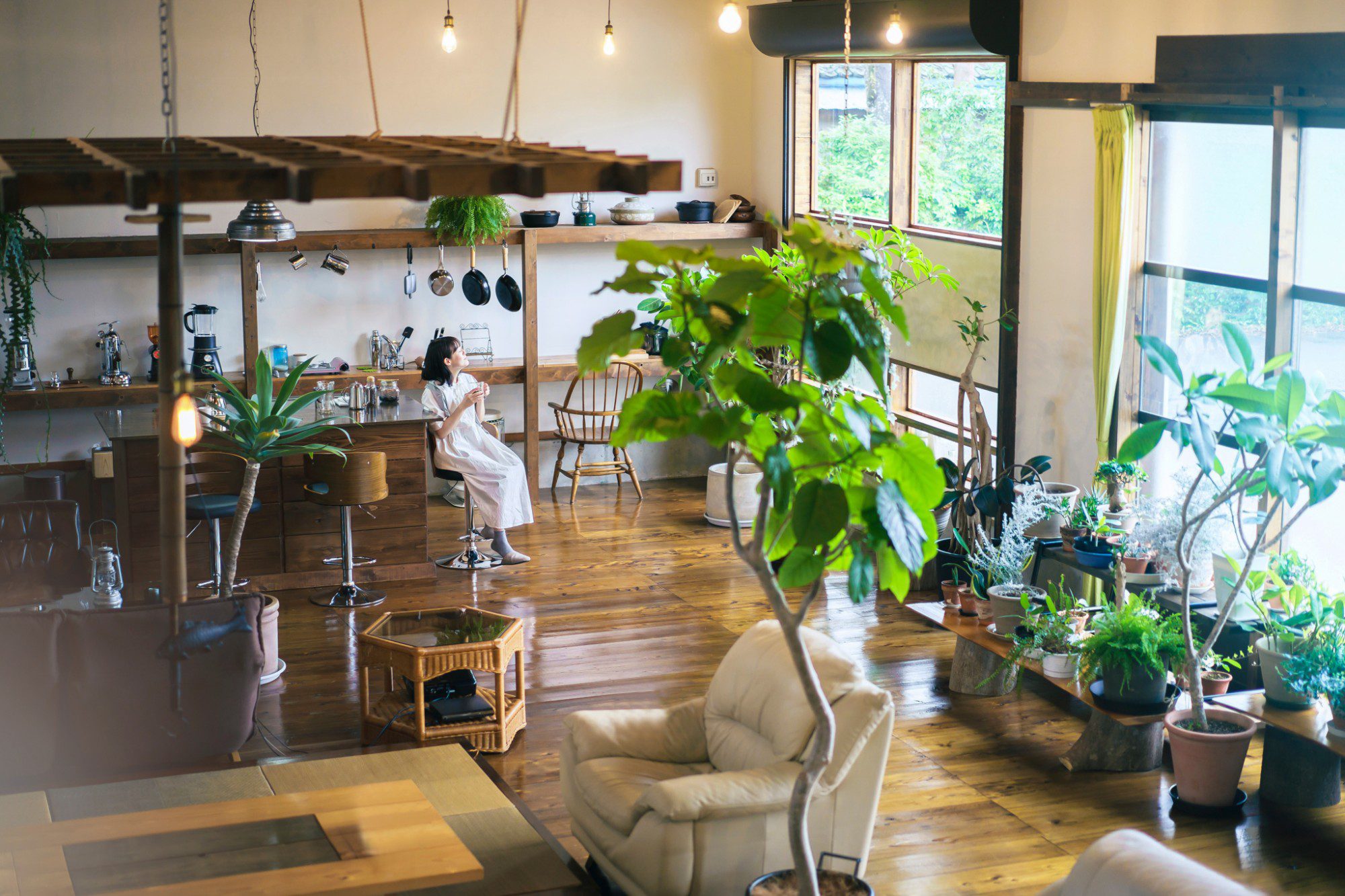
Key features of biophilic design include:
- Natural light, wherever possible
- Lots of living plants and greenery
- Indoor gardens
- Rustic wooden furniture and bamboo
- Natural color tones
- Open doors and windows to let the outside in
How Biophilic Design Can Save You Money
Biophilic design has health and work benefits, which can indirectly save you money.
Living plants and open doors and windows can drastically improve indoor air quality. Biophilic design also promotes tranquility and a more positive attitude. Also, a visual connection with nature can improve your heart rate, lower your blood pressure, and reduce stress.
Regarding your work life, psychologists found that adding plants to your office space can increase:
- Well-being by 47%
- Workplace productivity by 38%
- Creativity by 45%
Biophilic design can also increase employee engagement, which is incredibly important in the age of quiet quitting and the Great Resignation. Recent polls found that only 36% of employees are actively engaged at work.
How Biophilic Design Adds More Value to Your Home
The Economics of Biophilia states that people will pay 58% more for residences with a water view and 127% for lakefront properties. Obviously, you can’t pick up your home and move it closer to the water. That’s not the point. These homes are considered more valuable because of their connection with nature. By including natural elements and breaking down the interior/exterior barriers, your home can command a higher market value.
Universal Design for Healthy Homes
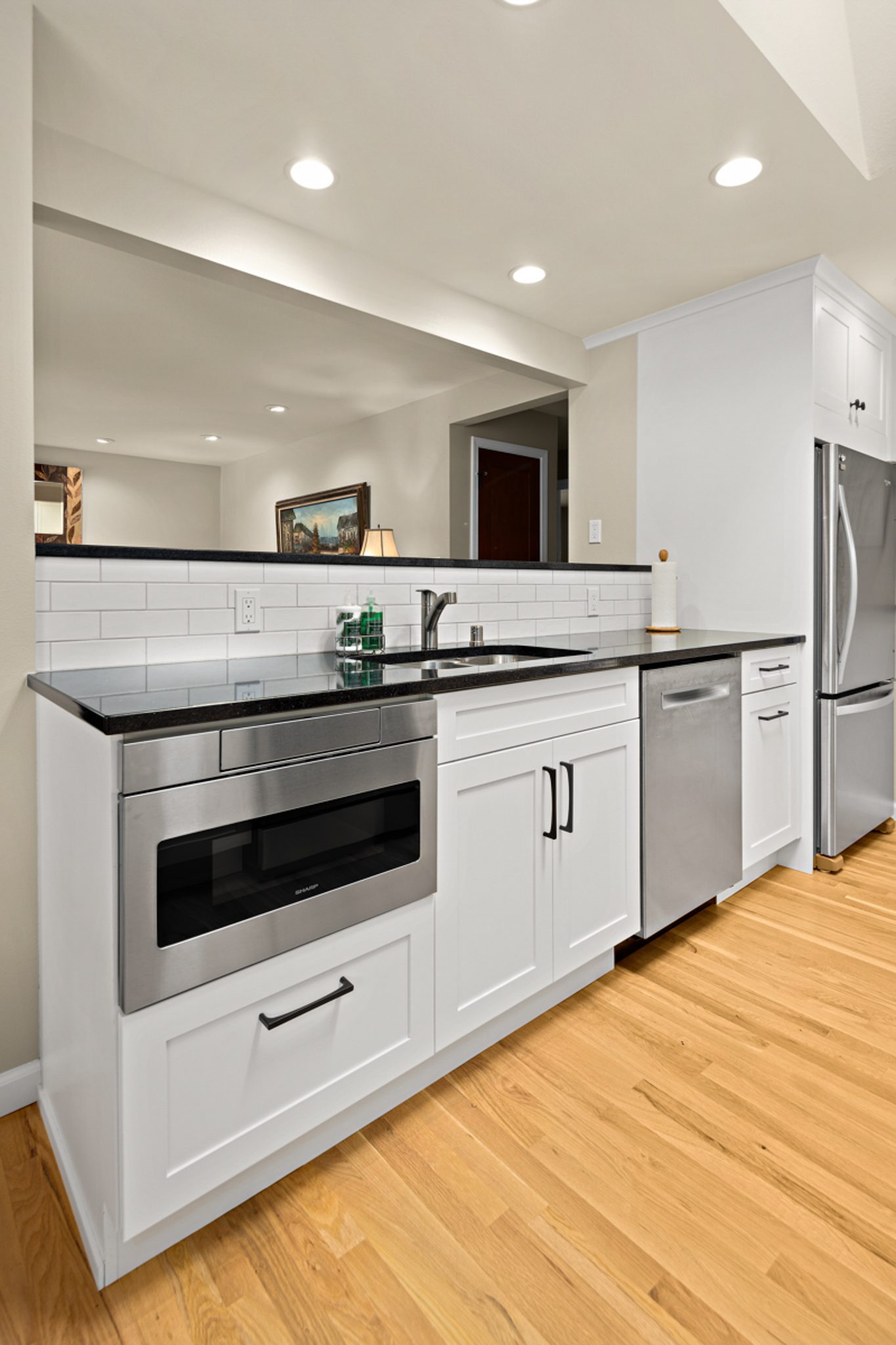
Washington.edu defines universal design as “the process of creating products that are accessible to people with a wide range of abilities, disabilities, and other characteristics.”
When it comes to home remodeling, universal design ensures that homes are compatible with all people, regardless of age, ability, or stature.
Here are a few key features of universal design:
- Lever handles in place of doorknobs
- Hallways and doorways that are at least 32 inches wide
- Lower switches
- Consistent floor height throughout the home
- Installing pulls on cabinets and drawers because they’re easier on arthritic hands
- Cabinets, countertops, and appliances that are easily accessible.
- Grab bars installed in bathrooms and other places where they’re needed throughout the house
Choosing a healthy home design that works for everyone will help you maximize the number of people interested in buying your home if you put it on the market. At Pathway, we incorporate universal design principles in the homes we create, whether your focus is on green building, aging in place, biophilic design, or a combination of the three. Depending on your vision, you can enjoy the cost savings and value adds of any or all of these designs.
Healthy Homes With Pathway
Pathway is committed to improving your home while being conscious of health and wellness. Just as we believe in a world where people of all abilities are included, we also believe in keeping that world clean. To do this, we offer up-to-date options, such as smart designs, eco-friendly products, and energy-efficient options.
Do you want to talk about your next remodel?
Are you ready to make your home a healthier, safer, and more comfortable place to live? Send us a message today.
